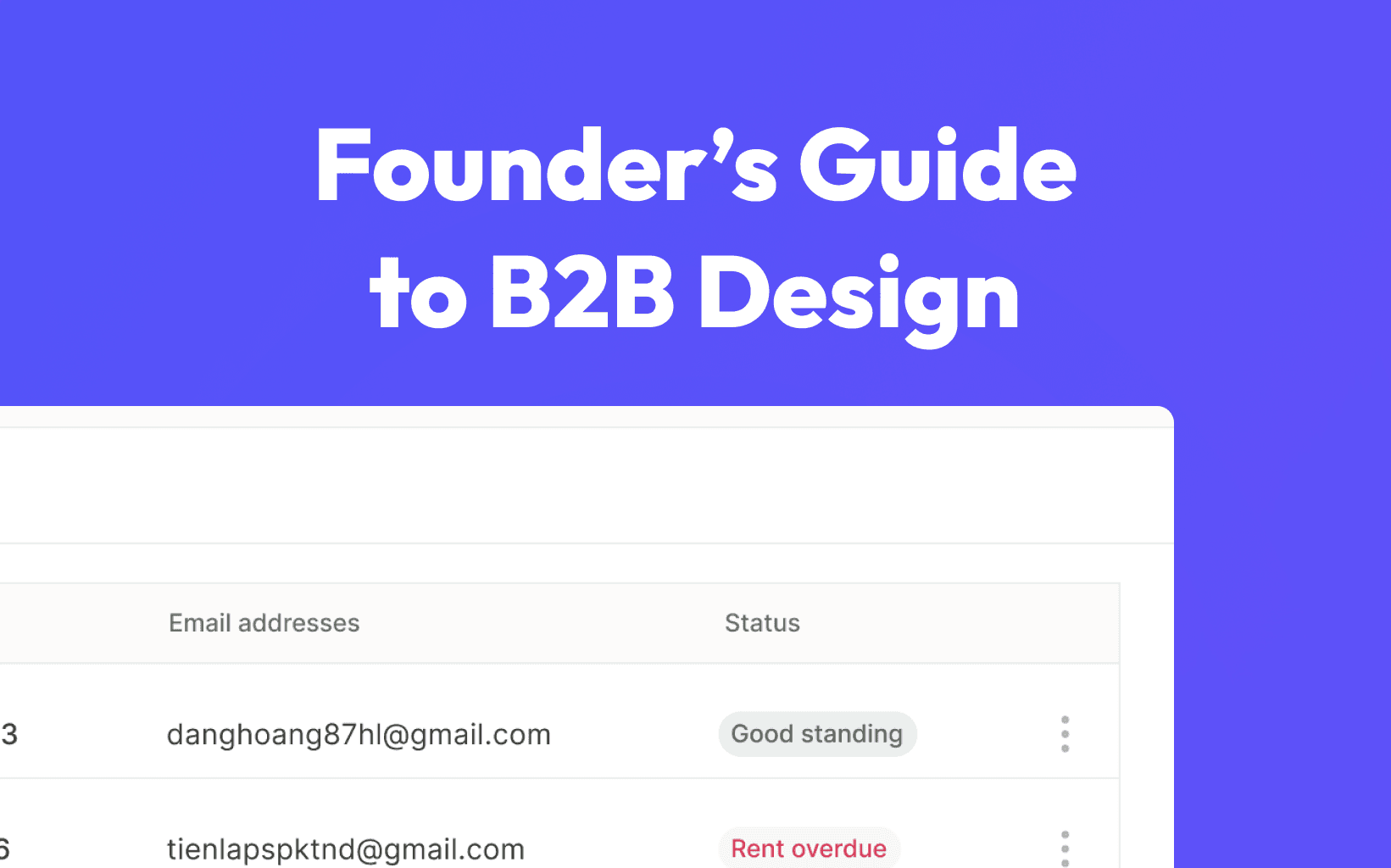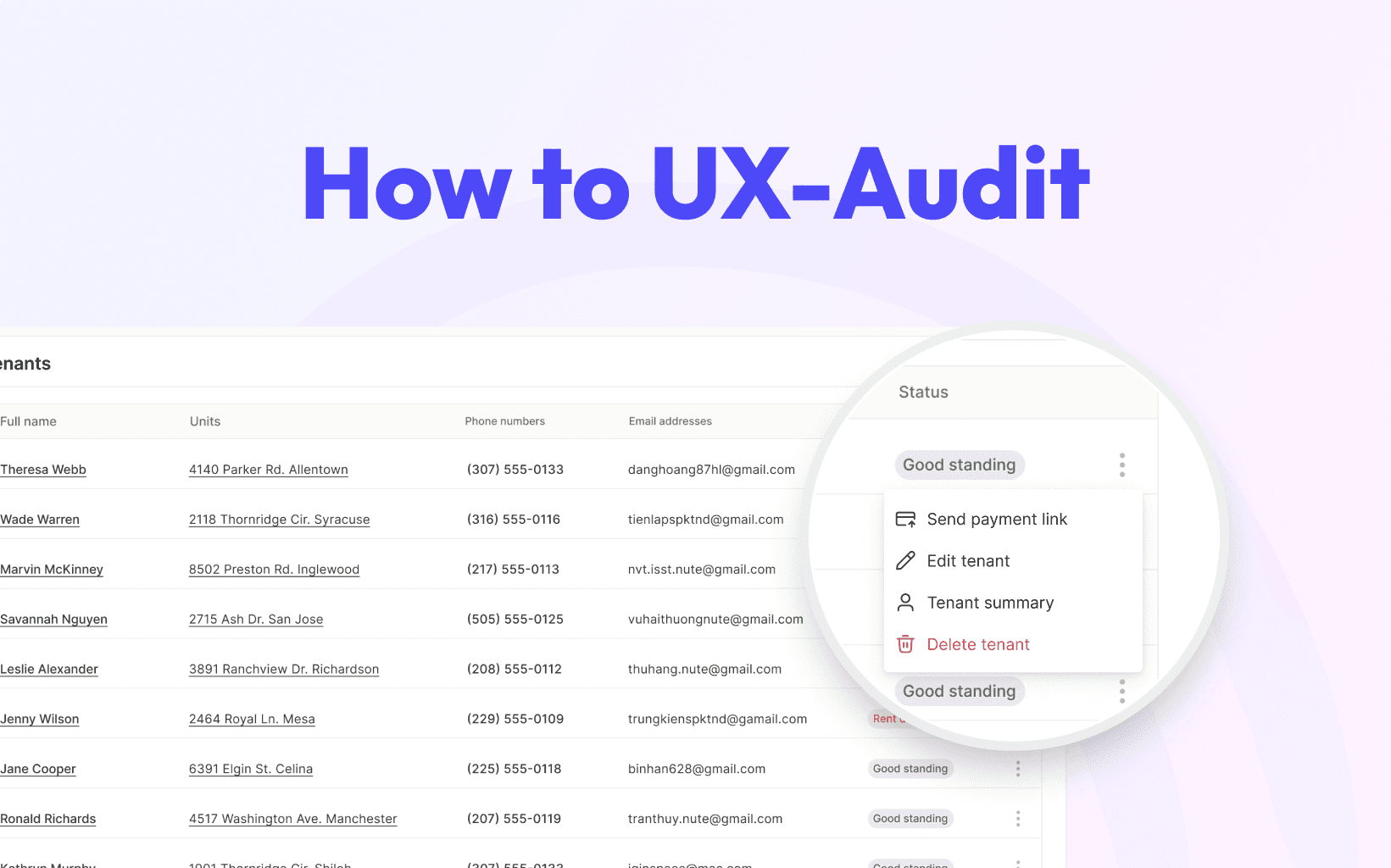
3 min
You chose the founder path, congratulations on your courage! You now have your product on the market, but no one is using it, and you might wonder why.
There could be several reasons to it, but let's break it down to 3 main ones:
1. People do not know your product exists
Most founders do not spend enough time and resources on marketing. While saving costs at the beginning of your founder journey is painful and necessary, so is marketing!
Without enough engagement, it is probably that people do not even know about the existence of your product.
Start by creating a brand for your product, post on social media, like, comment and share, and don’t forget to network. This should bring more engagement and traffic. But remember, things do not usually happen overnight, and it might take a while until you actually get the traffic you are aiming for. It is important to stay consistent and not give up, as this is a long process.
Try out different marketing techniques to see what better fits you and your product. You do not have to apply them all, only those that you identify with. Here are some useful techniques: social media marketing, SEO (Search Engine Optimization), Affiliate Marketing, Paid Ads, Content Marketing.
Moreover, get familiar with some marketing terms and trends so you can better create a strategy for making your product more visible. Here you can search more about suitable and relevant social media platforms your product should be on, what are the best posting times, what type of content you should create that better represents your product (blog posts, videos, podcasts etc.).
If you have a really good product, but still no one is using it, chances are that you have a poor marketing strategy.
2. You have a poorly designed website
I cannot emphasize more how important design is when it comes to presenting your product to your users. Think of it like a mirror of your product. What will the users see?
A clear and engaging design is essential to making your product more known and remembered. A landing page should have a clear structure, proper UX labels in the navigation menu, easy-to-understand features and benefits that your product has to offer, a visual hierarchy and many other indispensable elements that I wrote about here.
Here are a few critical elements to consider for your website:
User-friendly navigation: Make sure users can easily find what they are looking for without frustration.
Engaging visuals: Use high-quality images and graphics that reflect your brand's identity and message.
Responsive design: Ensure your website looks good and functions well on all devices, including mobile phones and tablets.
Fast loading times: Users are likely to leave a website that takes too long to load. Optimize your site to load quickly.
Clear call-to-actions (CTAs): Guide your users towards the actions you want them to take, such as signing up for a newsletter or purchasing a product.
3. Your product does not solve a significant problem
If your marketing is taken care of and the design of your website is fine, chances are that your product simply does not solve a significant problem. And UX design is all about solving problems. However, sometimes the issues startup founders are trying to solve are not viable or relevant enough.
To address this, deeply understand your users' needs and pain points. Conduct market research, engage in user interviews, and gather feedback to ensure your product is addressing a significant issue.
Identify the problem: Ensure you have a clear understanding of the problem your product is solving. Sometimes, the reason your product isn't selling might simply be that it's not the right fit for the current market or your chosen niche.
Validate your solution: Test your product with real users to gather feedback and validate that it effectively solves their problem.
Highlight the benefits: Clearly communicate how your product solves the problem and the benefits it brings to users. Use testimonials, case studies, and real-world examples to build credibility.
Why create another delivery app, for example? There are hundreds of them already, so this problem has already been resolved multiple times. Create an app that helps to avoid food waste by showing which local shops are selling the leftovers of today at a half price instead!
Stay committed to continuously improving your product based on user feedback and market trends. Remember, building a successful product is an ongoing journey that requires dedication, persistence, and a willingness to adapt.




